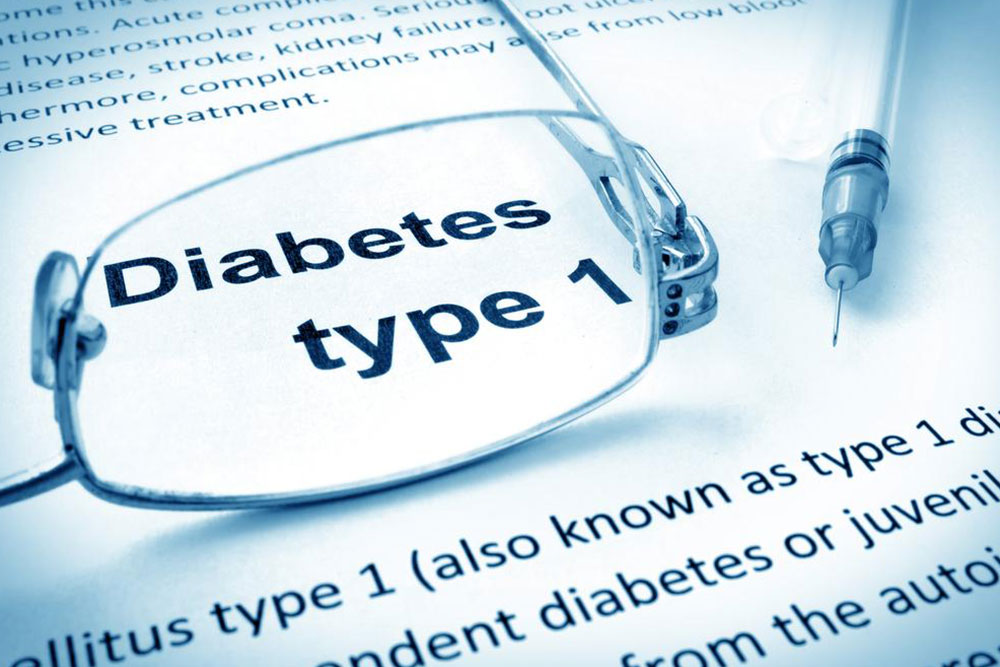Comprehensive Guide to Understanding the Causes and Symptoms of Type 1 Diabetes
This article provides an in-depth exploration of type 1 diabetes, covering its autoimmune root causes, genetic and environmental risk factors, and early warning signs. It emphasizes the importance of early detection to prevent serious health complications. Understanding these aspects can lead to better management and improved quality of life for those affected by this chronic condition.

Type 1 diabetes is a chronic condition characterized by the pancreas's inability to produce sufficient insulin, a hormone crucial for regulating blood sugar levels. When insulin production is inadequate, glucose accumulates in the bloodstream, leading to a range of health complications if not diagnosed and managed promptly. Understanding the underlying causes and identifying early signs and symptoms of type 1 diabetes are vital steps in ensuring timely intervention and effective disease management. This comprehensive guide aims to shed light on the complex mechanisms behind type 1 diabetes, including its root causes, risk factors, and the primary symptoms that individuals should watch out for.
Root Causes of Type 1 Diabetes: An Autoimmune Disorder
At its core, type 1 diabetes is an autoimmune disease. In this condition, the body's immune system mistakenly targets and destroys the insulin-producing beta cells within the pancreas. This autoimmune response disrupts normal insulin secretion, rendering the body unable to regulate glucose effectively. The precise trigger for this autoimmune attack remains an area of ongoing research, but evidence suggests a combination of genetic predisposition and environmental factors play significant roles.
Genetic Susceptibility: Certain genetic markers significantly increase the risk of developing type 1 diabetes. Specifically, variations in the HLA (human leukocyte antigen) complex are associated with heightened susceptibility. Populations with a higher prevalence of these genetic markers tend to have a greater incidence of the disease. While genetic predisposition is important, it alone does not determine disease onset, suggesting other factors contribute to the autoimmune process.
Environmental Triggers: Environmental factors, such as viral infections, have been strongly linked to the initiation of the autoimmune response. Viruses like rotavirus, coxsackievirus, and enteroviruses can provoke immune reactions that mistakenly target pancreatic cells. It is believed that these infections may act as environmental triggers in genetically susceptible individuals, initiating the destruction of insulin-producing cells.
Beyond genetics and viral infections, researchers are exploring other potential causes, including dietary factors, exposure to certain chemicals, and early-life environmental influences. However, these areas require further scientific validation. The exact mechanisms that lead to the autoimmune destruction in each individual remain complex and multifaceted.
Recognizing the Symptoms of Type 1 Diabetes: Early Signs and Indicators
Spotting the symptoms of type 1 diabetes early is crucial for preventing severe complications. The condition often develops quickly, and initial signs can sometimes be mistaken for other illnesses. Healthcare providers emphasize awareness of specific symptoms to facilitate timely diagnosis and treatment.
Common early symptoms include:
Persistent Fatigue and Weakness: Individuals may experience ongoing feelings of tiredness despite adequate rest. Fatigue results from the body’s inability to effectively utilize glucose for energy due to insufficient insulin.
Excessive Urination and Thirst: Elevated blood sugar levels cause the kidneys to excrete more glucose, leading to increased urination. The loss of fluids triggers constant thirst as the body attempts to replenish lost water.
Blurred Vision: High blood glucose levels can cause shifts in fluid in the eye lens, leading to swelling and blurry vision, which may be an early warning sign.
Unexplained Weight Loss: When insulin is deficient, the body cannot utilize glucose properly, so it begins to burn fat and muscle for energy. This process results in noticeable weight loss over a short period.
Additional Symptoms: Loss of appetite, stomach pain, nausea or vomiting, and skin infections may also manifest, especially if the condition progresses without intervention.
In some cases, symptoms of type 1 diabetes can develop rapidly, leading to diabetic ketoacidosis—a life-threatening emergency characterized by extreme dehydration, rapid breathing, and altered mental state. Recognizing early symptoms and seeking medical attention can prevent severe complications of this disease.
In conclusion, understanding the causes and symptoms of type 1 diabetes empowers individuals and caregivers to take proactive steps toward early detection and management. Ongoing research into the autoimmune mechanisms and environmental influences continues to shed light on this complex condition, with the goal of improving prevention and treatment strategies in the future.





